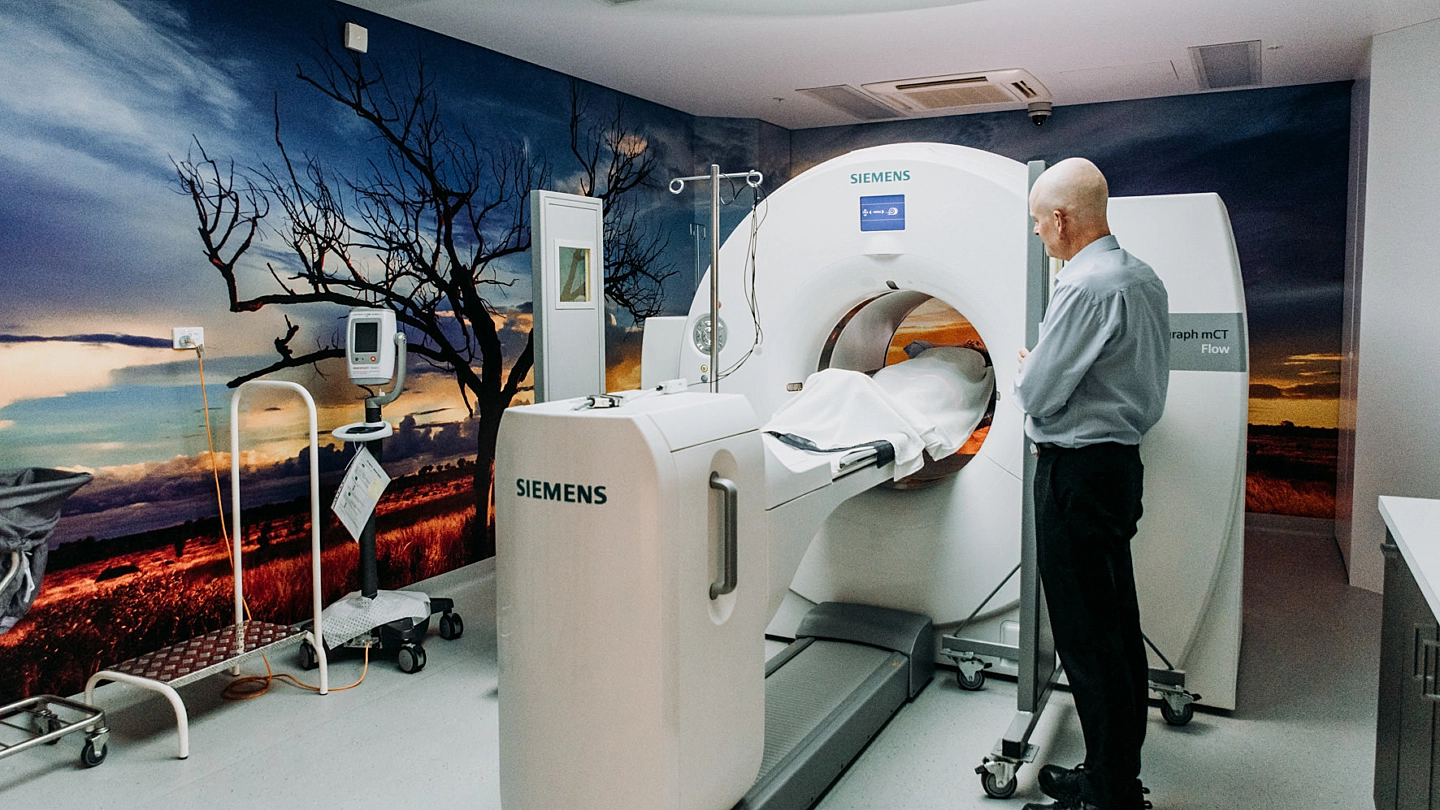At present, assessment of spinal cord injury has never changed and relies on various archaic methods to measure the return of motor or sensory function which in most circumstances are imprecise and inaccurate.
This project will study imaging of the spine using positron emission tomography (PET).
New PET imaging techniques for the spine are expected to revolutionise the diagnosis and prognosis of spinal cord injury and other spinal pathologies by:
- Providing a more accurate diagnosis at the time of injury to assist treatment decisions.
- Providing a more accurate prognosis for the injury so patient expectations can be better identified.
- Measuring functional response to treatment and identifying preferred treatments.
- Measuring functional changes in the spinal cord over time.
- Providing imaging services for clinical trials to see if a treatment has produced functional nerve growth or if any denigration has been caused.
One of the deleterious consequences of SCI is acute post-traumatic neuroinflammation, whereby there is an induced immune response characterised by cytokine and chemokine production and immune cell infiltration. Understanding how particular biomarkers of neuroinflammation progress over the course of injury is imperative for tracking and predicting outcomes, providing accurate diagnosis and prognosis and choosing and monitoring appropriate therapeutic interventions for SCI patients.
This study proposes to investigate whether PET imaging of [18F]GE-180 will serve as a robust biomarker to discriminate innate and adaptive inflammatory responses during acute and chronic phases of SCI respectively.


